Alloybond Research
Alloybond – a high strength fluoride releasing, multipurpose, “total etch” adhesive system.
Performance
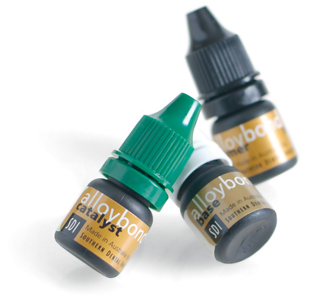
Performance
Duke S. E., Platt J., Rhodes B., Clark H.; Comprehensive In vitro Investigation of the Alloybond Adhesive System; August 1999
The specific aims of this laboratory were multi-variant and included evaluation of applications where the Alloybond adhesive system would be used in amalgam restorative applications such as, Class I, II and V cavity preparations. Contemporary adhesive systems, as well as a negative control, were used for validation and integrity of the data generated.
|
SHEAR BOND STRENGTH RESULTS |
||
| ADHESIVE SYSTEM | Mean (S.D.) | Range (MPa) |
| Alloybond (enamel) | 21.1 (1.2) | 12.2 to 25.4 |
| Alloybond (dentin) | 22.1 (1.3) | 15.2 to 28.1 |
| Amalgambond Plus (enamel) | 16.8 (4.6) | 9.2 to 22.1 |
| Amalgambond Plus (dentin) | 14.1 (5.1) | 8.9 to 18.9 |
| All-Bond 2 (enamel) | 18.1 (4.6) | 12.5 to 24.1 |
| All-Bond 2 (dentin) | 6.8 (6.2) | 3.7 to 12.5 |
| Prime & Bond NT DC (enamel) | 15.9 (5.9) | 7.7 to 24.1 |
| Prime & Bond NT DC (dentin) | 14.1 (2.9) | 9.1 to 16.1 |
| Control (enamel) | 2.5 (1.8) | 0.0 to 3.3 |
| Control (dentin) | 2.6 (2.2) | 00 to 4.1 |
The findings of this comprehensive in vitro study provide evidence to support the use of the Alloybond adhesive system in combination with amalgam restorations. Previous adhesive systems have resulted in variable behaviour when used with amalgam restorations. Further, these studies have demonstrated similar failure modes between the adhesive and amalgam following stressing.
In conclusion, the findings of this extensive laboratory study would offer strong evidence for the use of the Alloybond adhesive system in the proposed amalgam bonding procedures. As with all in vitro data, clinical trials are necessary to substantiate these in laboratory studies.
Performance
AlloyBond; THE DENTAL ADVISOR, Vol. 16, 1999.
Alloybond is a fluoride-releasing amalgam bonding system. It can also be used for bonding to composites, bonding to sandblasted, etched, silane-treated porcelain and gold, as well as for cementing crowns, bridges, inlays and onlays.
Alloybond is a highly recommended amalgam bonding system. It received a 87% rating.
Alloybond was evaluated by 18 consultants and was especially noted to be an easy system to use with adequate working time. It rated very good with respect to ease of dispensing and mixing, ease of condensing amalgam over it and quality of finished margins. Consultants felt post-operative sensitivity was reduced significantly. Seventy-three percent of consultants stated that they would purchase and recommend Alloybond.
In conclusion, the findings of this extensive laboratory study would offer strong evidence for the use of the Alloybond adhesive system in the proposed amalgam bonding procedures. As with all in vitro data, clinical trials are necessary to substantiate these in laboratory studies.
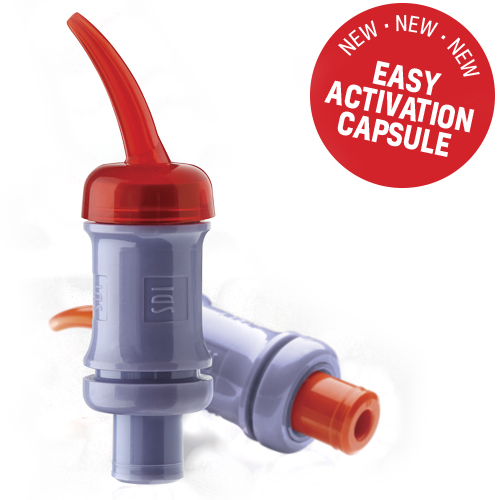
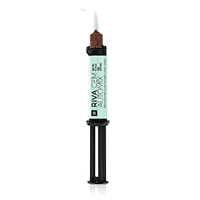
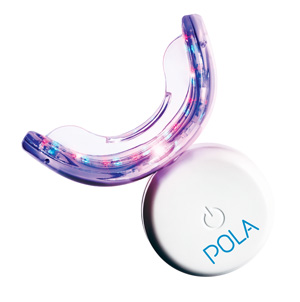
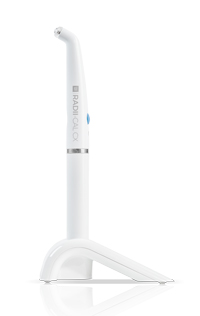
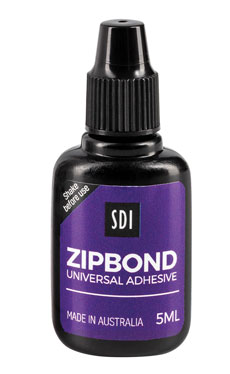


 Australia -
Australia -  New Zealand -
New Zealand - 
 United States -
United States -  Canada -
Canada -  Canada -
Canada -  Central/South America -
Central/South America -  Brazil -
Brazil - 
 Ireland -
Ireland -  Germany -
Germany -  France -
France -  Italy -
Italy -  Spain -
Spain -  Poland -
Poland -  Portugal -
Portugal -  Czech Republic -
Czech Republic -  Other European countries -
Other European countries - 


